1930s Crafts Show Just How Much People Struggled (and Triumphed)
It’s amazing what a little elbow grease can achieve.
6) Rag Rugs
One handy way to use up long strips of fabric was to make a rag rug. These rugs could be cotton or wool, and any colors would do. And, they were really quite durable underfoot, which made them ideal for impoverished families who had little to spare in the way of money.
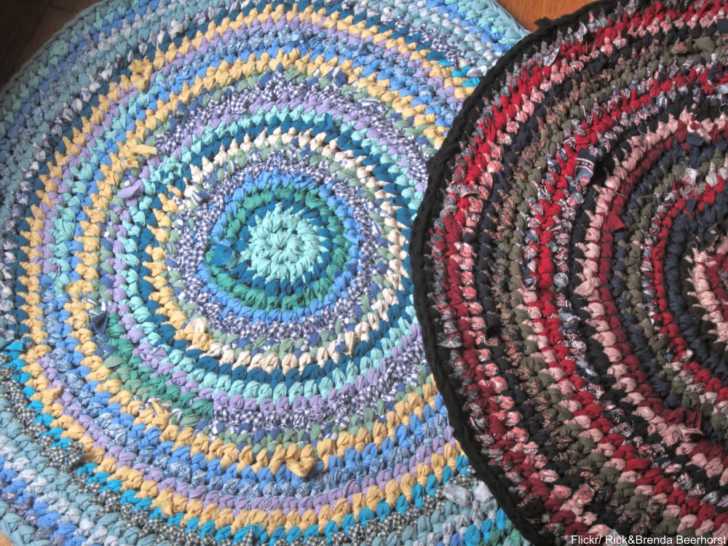
4) Paper Dolls
A cheaper option for many families than real dolls was to make paper ones and some families spent a great deal of effort making a set of paper dolls with wardrobes to match a Hollywood starlet in elegance. Paper dolls could be bought as well, but if you had the supplies on hand to make them at home then you could make a completely custom set.
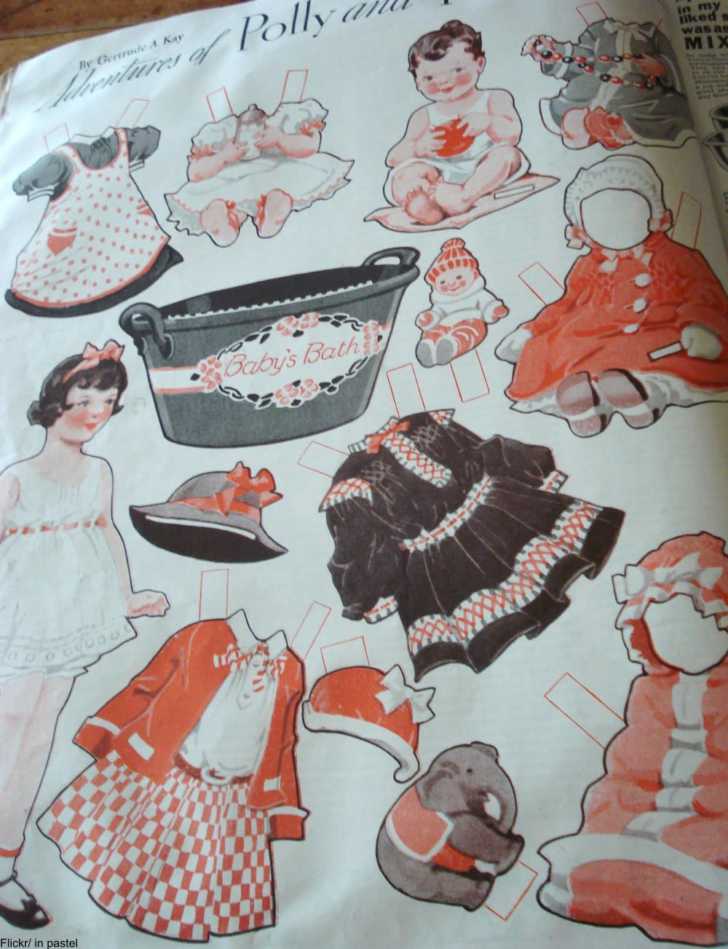
5) Wood Scraps
In the 1930s small scraps of wood were used to create tables, birdhouses, dollhouses, boxes, and other handmade items. The leftover sawdust was sometimes used to fill homemade dolls or stuffed animals. This made the toys quite a bit harder than cotton stuffing, but it was still preferable to paper dolls since they could be carried around and squeezed.

3) Knitting
Knitting has been popular for centuries, but during the Great Depression it became an important craft. An old sweater could be unraveled and the yarn reused to make a hat or mittens for the kids and so it was one more way that people made do on less money. Knitting offered a way to make something almost out of nothing and so even young girls were taught early.
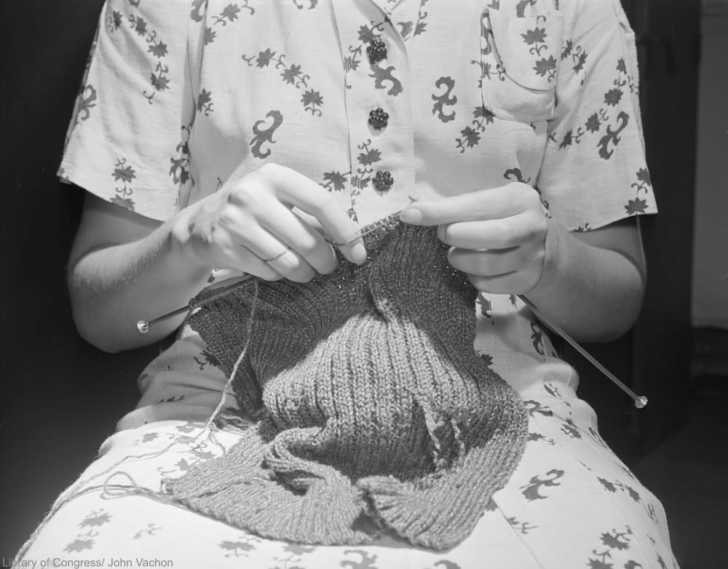
2) Small Embroidery
Another way to use small scraps of fabric and embroidery floss was to make dresser scarfs and antimacassars. These tiny little bits of decoration really livened up the home and made long periods with no new furnishings just a bit brighter. It seems fussy today to decorate in this way, but just imagine having almost nothing new in a year: at the end of the day you’d be looking for any way to spruce up your home.
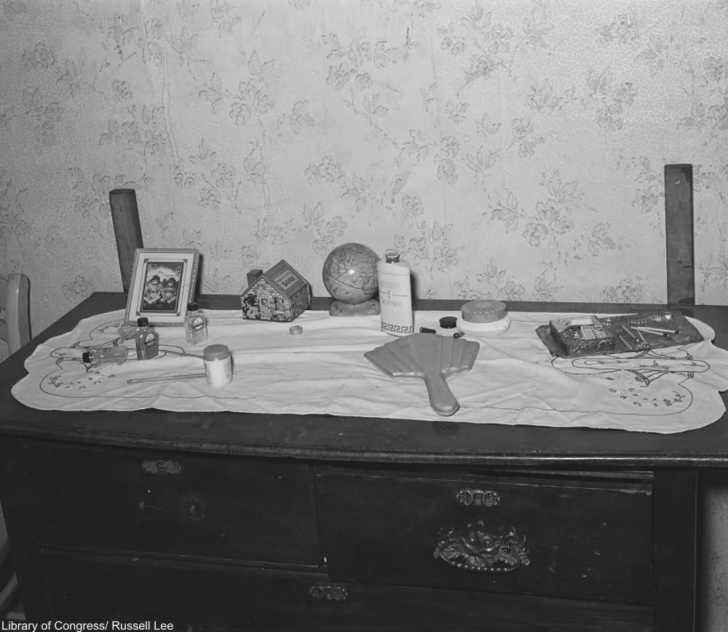
1) Flour Sacks
They made flour sack dresses using the printed cotton bags that large quantities of flour came in. This was usually only done on farms and flour suppliers began to market their flour with more and more elaborate calicos and floral patterns in an attempt to lure farmer’s wives to the product. Leftover fabric from flour sacks could be used to make quilts, rag rugs, accessories, and even dolls clothes.
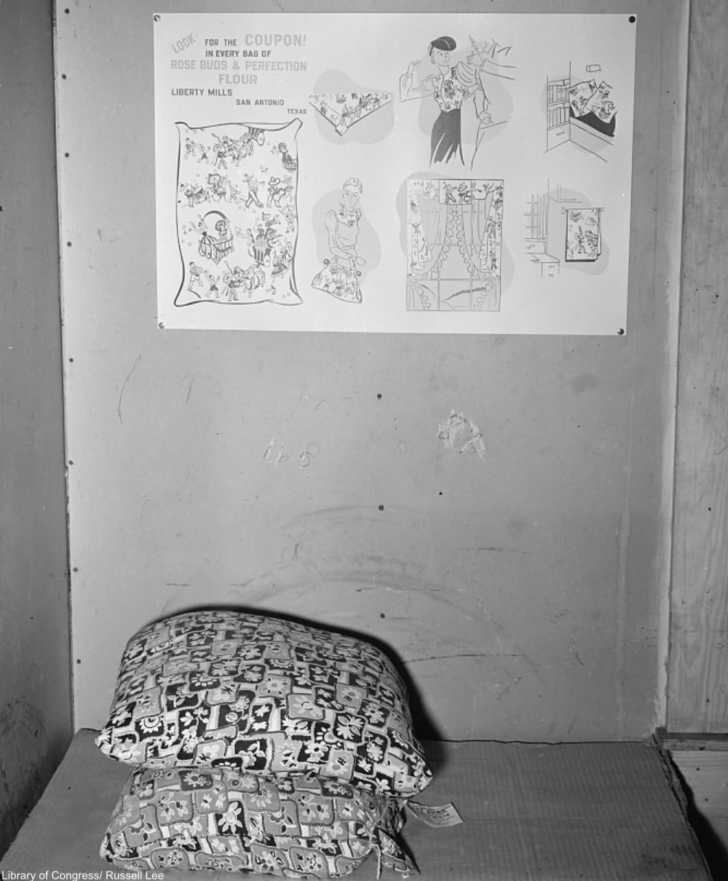
SKM: below-content placeholderWhizzco for CRH

